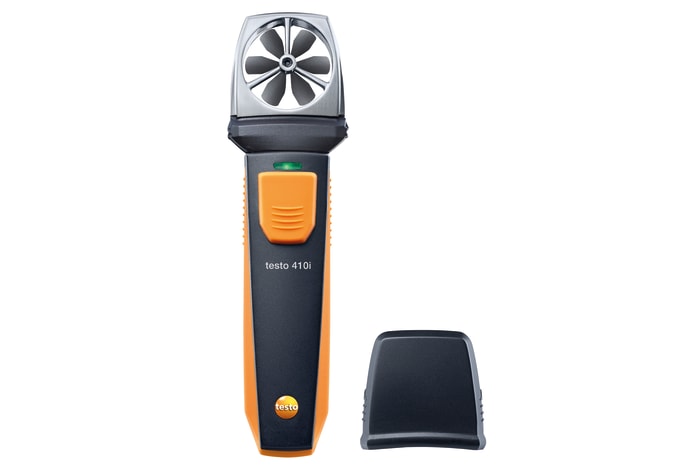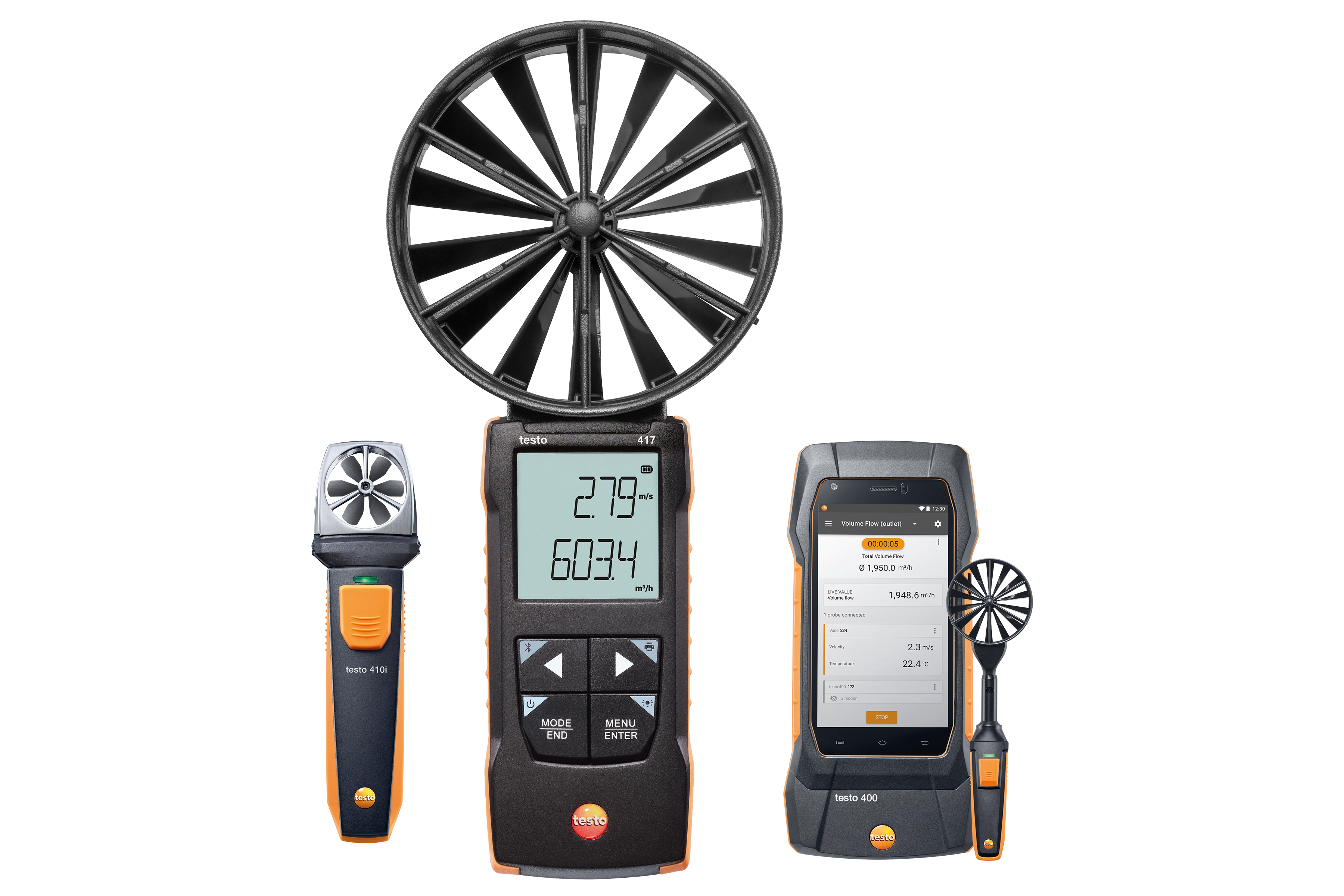Understanding Different Types of Anemometers for Various Applications
Understanding Different Types of Anemometers for Various Applications
Blog Article
Anemometers Introduced: Comprehending Their Importance in Environmental Monitoring and Precaution
The duty of anemometers in environmental monitoring and safety and security procedures is typically ignored, yet their significance is obvious. From weather forecasting to aviation security, anemometers play an essential role in offering accurate information that informs decision-making procedures and enhances overall safety.
Background of Anemometers
The evolution of anemometers can be mapped back to the old worlds where rudimentary wind determining tools were first utilized. One of the earliest recognized anemometers was the hemispherical mug anemometer created by Leon Battista Alberti in the 15th century.
Over the years, improvements in modern technology led to the growth of even more contemporary anemometers, consisting of ultrasonic anemometers and laser Doppler anemometers, supplying raised accuracy and performance in determining wind speed and direction. The history of anemometers showcases an amazing trip of advancement and progress in the field of weather forecasting.
Kinds Of Anemometers
Throughout the area of weather forecasting, various sorts of anemometers have actually been created to precisely measure wind rate and instructions. The most common kind is the cup anemometer, which includes 3 or 4 mugs installed on horizontal arms that revolve with the wind. As the mugs rotate, the speed at which they revolve is straight proportional to the wind speed. An additional commonly used kind is the vane anemometer, which features a tail or fin that aligns itself with the wind instructions. This positioning allows the tool to establish the wind direction. Sonic anemometers utilize ultrasonic signals to gauge wind rate and direction properly. They are frequently utilized in research applications as a result of their high precision. Hot-wire anemometers run based upon the principle that the cooling result of wind on a heated cord is proportional to the wind rate. These anemometers are ideal for determining low wind speeds with high precision. Each kind of anemometer has its staminas and is chosen based upon the specific needs of the surveillance job at hand.
Applications in Meteorology
Having gone over the numerous sorts of anemometers used in weather forecasting for gauging wind rate and direction, it is important to discover their practical applications in the field. Anemometers play a critical role in weather forecasting by giving precise and real-time data on wind problems (anemometer). Meteorologists utilize anemometers to keep an eye on wind rate and instructions to anticipate climate patterns, problem cautions for serious climate occasions like tornados, typhoons, and hurricanes, and analyze climatic problems for aeronautics safety and security
In weather forecasting, anemometers assist in comprehending regional and local wind patterns, which are important for predicting weather modifications and figuring out weather trends. These gadgets are likewise utilized in research to study microclimates, city warm islands, and air contamination diffusion. In addition, anemometers are utilized in agriculture to maximize crop monitoring techniques, such as irrigation and pesticide application, based upon wind conditions.
Relevance in Aviation Safety And Security
An indispensable element of guaranteeing aviation security depends on the meticulous tracking of wind conditions making use of anemometers. Anemometers play an important function in aeronautics by supplying real-time information on wind speed and instructions, aiding pilots in making notified choices throughout liftoff, flight, and touchdown. Unpredictable and strong winds can considerably influence aircraft operations, making it vital for aviation authorities to depend on precise wind dimensions to ensure the safety and security of travelers and staff.

In the dynamic setting of air travel, where even minor adjustments in wind speed and instructions can have profound impacts, anemometers stand as vital devices for promoting protected and secure flight.
Role in Environmental Study
Anemometers play a crucial role in environmental research by offering crucial information on wind rate and instructions. By precisely gauging wind features, anemometers help scientists analyze the movement of pollutants in my response the air, examine the impact of industrial discharges, and predict the spread of pollutants in the atmosphere.


Verdict
In final thought, anemometers have played an important function in ecological surveillance and safety browse around this web-site and security actions. Understanding the importance of anemometers is important for accurately gauging wind speed and direction, which is essential for forecasting weather condition patterns, ensuring secure aviation operations, and performing ecological research studies.
One of the earliest known anemometers was the hemispherical mug anemometer invented by Leon Battista Alberti in the 15th century. Over the years, innovations in innovation led to the development of more modern anemometers, including ultrasonic anemometers and laser Doppler anemometers, using enhanced accuracy and efficiency in gauging wind rate and direction. Hot-wire anemometers run based on the concept that the cooling impact of wind on a warmed cable is proportional to the wind speed. Meteorologists utilize anemometers to keep an eye on wind rate and direction to anticipate weather patterns, concern cautions for severe weather condition occasions like hurricanes, storms, and tornados, and analyze climatic conditions for aviation security.
Recognizing the importance of anemometers is essential for accurately determining wind speed and instructions, which is essential for predicting weather patterns, guaranteeing secure aeronautics procedures, and conducting ecological researches. (anemometer)
Report this page